MARKET OVERVIEW
The Global Rechargeable Zinc Battery market and its industry have developed as a dynamic and rapidly growing sector on the broader energy storage landscape. It pertains to the development, manufacturing, and application of rechargeable zinc-based batteries, a versatile and sustainable alternative to conventional solutions for energy storage. The increasing attention to environmental sustainability is raising the demand for energy-efficient and eco-friendly technologies, bringing the interest towards zinc batteries to the forefront. These batteries leverage the inherent properties of zinc, including its abundance, recyclability, and safety, making it a promising solution for energy storage needs in diverse applications.
Unlike lithium-ion batteries, which dominate the energy storage sector but face challenges such as high costs, resource scarcity, and safety concerns, zinc-based batteries offer significant advantages. They work on fundamentally different chemistry; they use zinc for anodes and often combine it with electrolytes that are less impactful to the environment. Which puts Global Rechargeable Zinc Battery market forward as an important player in solving some of the world’s most critical energy challenges in the future. Industry will likely track technological progress on the energy density and cycle life with scalability toward diverse demands.
Applications of the rechargeable zinc battery: This is a broad technology, and it crosses over multiple sectors, but its versatility makes it even more attractive-from powering consumer electronics to renewable energy storage systems. They are also being integrated in grid-scale storage systems, ensuring constant energy supply by smoothening fluctuations of the renewable sources such as wind and solar. The Global Rechargeable Zinc Battery market will look into all possible uses in electric vehicles, portable power devices, as well as off-grid energy solutions, where safety and sustainability come first.
This market finds much in common with others related to safe and environmental compatibility. Since rechargeable zinc batteries are less likely to overheat or suffer from thermal runaway by design, they are safer in residential as well as industrial usage. Also, zinc is one of the most available and cheap materials on Earth, and it reduces reliance upon scarce and geopolitically sensitive resources like cobalt and lithium. This makes the Global Rechargeable Zinc Battery market a pivotal part of the global shift toward cleaner and more secure energy supply chains.
The R&D work in the market would be aimed at improving the limitations seen so far, including a relatively lower energy density compared to lithium-ion cells. Some of the new electrolytes and electrode designs are expected to lead to breakthroughs in performance, therefore making these batteries increasingly competitive at high-demand applications. The Global Rechargeable Zinc Battery market will also be positively impacted by positive policies and incentives established for generating green technology in various countries’ efforts to steer the economy toward a low-carbon culture. The Global Rechargeable Zinc Battery market is expected to see greater technology developer, manufacturer, and end-user cooperation in the near future. Such partnerships will enable the mass-scale deployment of zinc-based energy storage systems, more deeply rooting such a role in the future energy landscape. Further research and innovation into this industry will be poised to catalyze an important application in the fight for energy challenges worldwide while also ensuring sustainability and safety. This potential therefore ensures the industry will stay at the forefront of continued research in energy storage applications and commercialization efforts for years to come.
Global Rechargeable Zinc Battery market is estimated to reach $105.1 Million by 2031; growing at a CAGR of 5.8% from 2024 to 2031.
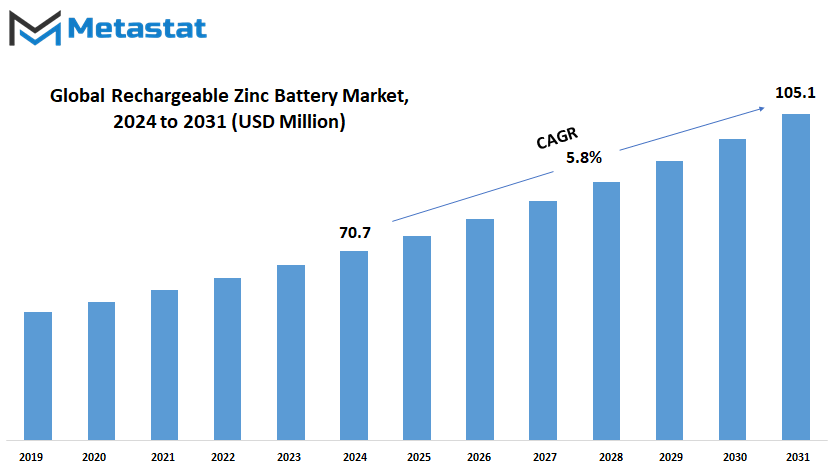
GROWTH FACTORS
The Global Rechargeable Zinc Battery market is supposed to experience significant growth due to the convergence of emerging technologies, shift in energy demands, and environmental concerns. This growth is the result of renewable energies such as solar and wind power gaining ground. The key energy storage solution for these systems ought to allow for efficient storage, frequent replacements not being necessary, and rechargeable zinc batteries are the obvious choice. In addition, the growth of the electric and hybrid vehicle markets has further increased the demand for economical, reliable battery technologies for energy storage solutions, which increasingly require zinc-based solutions.
However, some factors may hinder the market growth rate. The first critical hindrance is that the manufacturing of rechargeable zinc batteries requires a prohibitive high upfront cost. This means these will always be less competitive compared to established types of nickel-cadmium or lead-acid batteries. The other hindrance in this industry is limited standardization, which means charging equipment would be less compatible. These may thus hinder zinc battery technologies from achieving high adoption rates, notwithstanding some advantages.
Advances in zinc battery technology are opening doors, especially for grid-scale energy storage systems. With the transition of the world towards cleaner sources of energy, the urgency of moving towards affordable and reliable means to store energy is unfolding in its wake. Improved rechargeable batteries with zinc could form the backbone of residential energy storage systems along with power grids as a means to integrate more renewable energy while ensuring efficiency and affordability.
In the future, the Global Rechargeable Zinc Battery market will play a vital role in answering the global population’s growing and environmentally conscious energy challenges. Technological innovations will eventually reduce manufacturing costs, improving the competitiveness of zinc batteries in the energy storage landscape. And with augmented efforts toward making them standardized along with the equipment associated with it, barriers are going to be wiped off, making their use welcomed in wide varieties of applications.
As the market continues to evolve, the impetus for sustainability and energy efficiency will probably propel further growth. Rechargeable zinc batteries are well-situated to meet the demand for cleaner, longer-lasting storage solutions in renewable energy systems and electric vehicles. The opportunity is so massive that the Global Rechargeable Zinc Battery market has potential to change the face of the way energy is stored and used in the near future.
MARKET SEGMENTATION
By Battery Type
The global rechargeable zinc battery market would develop in tremendous ways as more and more emphasis is laid on the earth-friendly and efficient solutions for energy. Rechargeable zinc batteries, known for being the most affordable as well as safe and environment-friendly, have started their momentum as viable alternatives to conventional battery technologies. As the demand for a reliable and sustainable energy storage system was being enhanced, researchers have been developing various types of zinc-based batteries to serve different purposes, such as electric vehicles, integrating renewable energy, and portable electronic devices.
In fact, among various types of batteries, zinc-air stands out in terms of the high energy density they provide in applications. They allow for oxygen from the air to be used as a reactant, which lowers material costs. They are lightweight and last longer, with possibilities including hearing aids, medical devices, and even new electric vehicle designs. Nevertheless, further work is being done to remove the drawbacks that include limited rechargeability.
Zinc-ion batteries are yet another segment that is gaining ground in this market. Unlike lithium-ion batteries, zinc-ion ones employ water-based electrolytes, which dramatically enhances safety by eliminating the threat of fire or explosion. They are particularly better suited to stationary energy storage systems, for example in a solar or wind power system. This category has huge potential as government and industrial efforts increase demand for safer and more environmentally friendly options for storing energy.
There are some unmatched advantages that zinc-bromine flow batteries bring, especially to large-scale energy storage. The electrolyte solution used here is liquid and can easily scale and give extended lifespans for operations. The strength of this battery makes it an excellent candidate for grid-level energy storage; it can ensure power supply stability during peak or intermittent renewable energy generation. The cost-effectiveness and efficiency of these batteries, with the expected improvement in technology, shall grow, enabling extensive adoption.
The value of zinc-manganese dioxide cells remains in their simplicity and economic feasibility. They are widely used as consumer electronics batteries, and the rechargeable variants are being considered for wider applications since advanced materials are making them more competitive in the level of performance and durability.
Looking forward, Global Rechargeable Zinc Battery market would look promising over the forecast period with rising technological upgrade that refines the same. As the world drifts toward greener energies, zinc-based batteries are likely to serve as a core component for reshaping energy storage and usage in future.
By Component
The applications of Global Rechargeable Zinc Battery have promising prospects, and the need for sustainability energy solutions increases for a good future for many years. Such rechargeable zinc batteries have established competitive advantages over traditional battery technologies based on their environmental friendliness, safety, and cost-effectiveness. The distinct features of zinc-based batteries make them remarkably suitable for a wide range of purposes-from consumer electronics to large energy storage systems. During the shift of the world to greener energy practices, these types of batteries are expected to be among the key players in meeting the demands of energy.
The market is divided into components-the electrolyte, electrode, separator, and battery casing. All these make for the functionality and overall performance of the battery. The electrolyte is a critical component as it promotes the flow of ions between the electrodes, hence allowing the battery to charge and discharge. Further innovations in electrolyte composition will likely improve the efficiency and lifespan of the batteries, thus making them more competitive for all applications. So is the electrode, which serves as the medium for energy storage and release. Work is being done to improve electrode materials to increase energy density and charge cycling rates. This would fit with the future requirements for faster and more reliable energy storage.
The separator is very important to prevent electrical short circuits. It physically separates the electrodes but allows ionic flow. With increased importance being placed on battery safety, advancements in the science of separators will result in safer, much more reliable batteries. The design of the battery casing with lighter and harder materials to match the real requirements of modern energy storage is, thus, being designed for more protective housing and protection of all the other components. In that regard, the effort to advance zinc battery technology revolves around improving individual components.
For the future, the Global Rechargeable Zinc Battery will be driven by increased investments in R&D as well as positive government policies to curtail carbon emissions. As renewable energy is integrated into the grid, these batteries will help back up solar and wind power technologies, providing efficient energy storage systems. As industries and households adopt cleaner energy alternatives, the demand for rechargeable zinc batteries is likely to expand significantly. This growth will also encourage further innovation, ensuring these batteries remain a cornerstone of sustainable energy strategies in the future.
By Application
Global Rechargeable Zinc Battery is steadily gaining a footing as a pivotal leader in advancing energy solutions. The promise of this technology cannot be overlooked in changing the face of how energy is both stored and consumed, especially in applications such as sustainability, reliability, and efficiency. Rechargeable zinc batteries quickly come into reckoning as a viable substitute for traditional lithium-ion batteries to boot due to their cost-effectiveness, abundance of raw materials, and safety benefits with associated reduction of risks of overheating and fire hazard.
Diverse application across several industries is one of the significant growth drivers in this market. For example, they improve consumer electronic applications as they can provide cheap energy for longer durations and are reliable. The demand for longer-lasting, safer, and lesser toxic battery systems is also witnessing a steady increase, thereby making zinc-based batteries a preferred choice to power applications such as smartphones, laptops, and more. Along with this reason, there is a pressing need for battery technologies that are affordable and environmentally friendly due to the surging popularity of electric vehicles (EVs). The proposed rechargeable zinc battery looks promisingly compatible with this drive in reduced carbon emissions within transportation.
Another prime area seeing increased adoption is in energy storage systems, whether grid-based or off-grid. As the global changeover to incorporate larger emphases on renewable energy, including solar and wind, takes place, the need for efficient means of energy storage has skyrocketed. Zinc batteries make it possible to produce less dependent on rare or volatile materials, making them a sustainable option for balancing renewable energy supply and demand.
Zinc batteries are also notable in the medical line for consistent reliable power required to support the delicate equipment used. Military and defense sectors have also recently adopted this technology. Market value for rechargeable zinc batteries in military applications in 2022 was estimated at $22.3 million, signifying its ability to power crucial equipment in challenging settings. They are therefore highly prized for their strength and safety, which ensure uninterrupted operations even in harsh settings.
As the industrial equipment evolves into electrification, zinc batteries will play a critical role in this process. Over the next few decades, improvements in manufacturing techniques and material science are expected to improve performance and lifetimes, which would solidify the position of these zinc batteries in the energy landscape. The Global Rechargeable Zinc Battery Market is set to be the bedrock of innovation, placing sustainability and efficiency at the heart of numerous applications and industries.
By End-User
The Global Rechargeable Zinc Battery market is poised to see a significant surge with rising technology and sustainability aspirations in the energy storage landscape. This market, influenced by the rising demand for cost-effective, safe, and environmentally friendly energy solutions, is apt to affect many sectors, such as residential, commercial, industrial, and utility applications.
Rechargeable zinc batteries stand out from other batteries due to their unique attributes such as being non-toxic, recyclable, and resistant to thermal runaway which has been a source of concern for many other traditional battery types. All these advantages make them particularly appealing as the world keeps shifting toward cleaner energy alternatives. These varieties ensure that they cater to diverse needs across different user segments.
The use of rechargeable zinc batteries may gain fast traction in residential areas as homeowners become more inclined to tap into renewable energy sources like the sun. It is an economical and reliable source of energy storage so that energy generated during the day can be efficiently used at night. For homeowners who are wanting to reduce their dependency on conventional energy grids, this might prove appealing in the future.
Commercial and industrial users are also likely to benefit much from this market. There is an increased pressure on businesses to reduce carbon footprints and adopt more sustainable practices. Rechargeable zinc batteries can be scaled up in efforts to provide adequate energy use management when energy demands are very critical, especially in facilities demanding uninterrupted power supply. This battery has long durations of durability and performs well under different conditions, making it perfect for powering equipment, managing fossil fuel usage, and having smoother operations.
Utility applications are a key application area for the Global Rechargeable Zinc Battery market. Energy grids around the world are moving toward integrating renewable sources such as wind and solar. Rechargeable zinc batteries can store tremendous amounts of energy to be released when needed; thus, they are important in stabilizing grids and averting outages.
Going forward, the scope for innovation in this market is boundless. Researchers and companies are still innovating with respect to improving the performance and life of zinc batteries while reducing costs. As governments and organizations move towards enhancing energy sustainability, the need for rechargeable zinc batteries is likely to rise, augmenting their position as a cornerstone of the global ecosystem for energy storage. Expanding their application across various end-user groups, they indicate great promise for overcoming energy challenges in the increasingly electrified and consciousness-based environment.
|
Report Coverage |
Details |
|
Forecast Period |
2024-2031 |
|
Market Size in 2024 |
$70.7 Million |
|
Market Size by 2031 |
$105.1 Million |
|
Growth Rate from 2024 to 2031 |
5.8% |
|
Base Year |
2022 |
|
Regions Covered |
North America, Europe, Asia-Pacific Green, South America, Middle East & Africa |
REGIONAL ANALYSIS
This market for global rechargeable zinc batteries is gradually gaining ground as a promising future energy storage solution. This global rechargeable zinc battery market offers an environmentally safe alternative to a traditional battery, which aligns with the international pressure toward sustainable energy practices. Rechargeable zinc batteries are very efficient, price-effective, and safe, making them suitable for a large range of applications from consumer electronics to large-scale renewable energy storage systems. With increasing issues regarding climate change, coupled with a greater push for greener options, the market holds great promise for potential growth.
The geographical diversity of the market is significant in determining its expansion. Increased demand for rechargeable zinc batteries has been observed within the countries of North America, especially within the U.S. and Canada, with their specific focus on clean energy and advanced technology integration. These countries are leaders in innovation and also in the areas of policy support, which are critical for this technology's large-scale deployment. Mexico, in particular focuses strongly on industrial applications, renewable sources of energy, and reinforces the regional demand.
The other key region is Europe, with interest in countries such as the UK, Germany, France, and Italy in using rechargeable zinc batteries. Governments with sustainable practices and infrastructural development make up this market. Thus, a situation where most of the region is transitioning to electric vehicles and renewable energy systems will only intensify demand.
Asia-Pacific is a notable area with gigantic expansion potential, and countries like China, India, Japan, and South Korea are already leading in manufacturing and technological advancements. The increasing demand for consumer electronics along with government adoption policies to greener energy solutions makes this region highly feasible for rechargeable zinc batteries. The rapid growth in industrialization and urbanization will make the market share of this region rampant in the coming years.
In South America, Brazil and Argentina are slowly integrating renewable energy solutions for resolving energy shortages and environmental challenges. Meanwhile, the Middle East & Africa region, led by GCC countries, South Africa and Egypt, will find rechargeable zinc batteries to underpin its diversification drive and reduction in dependence on fossil fuels.
Looking ahead, the Global Rechargeable Zinc Battery market will likely play a transformative role in shaping the energy landscape. Its ability to meet growing energy demands while minimizing environmental impact positions it as a key player in the shift toward a more sustainable future. With ongoing technological advancements and regional support, this market is set to expand significantly, offering solutions to global energy challenges.
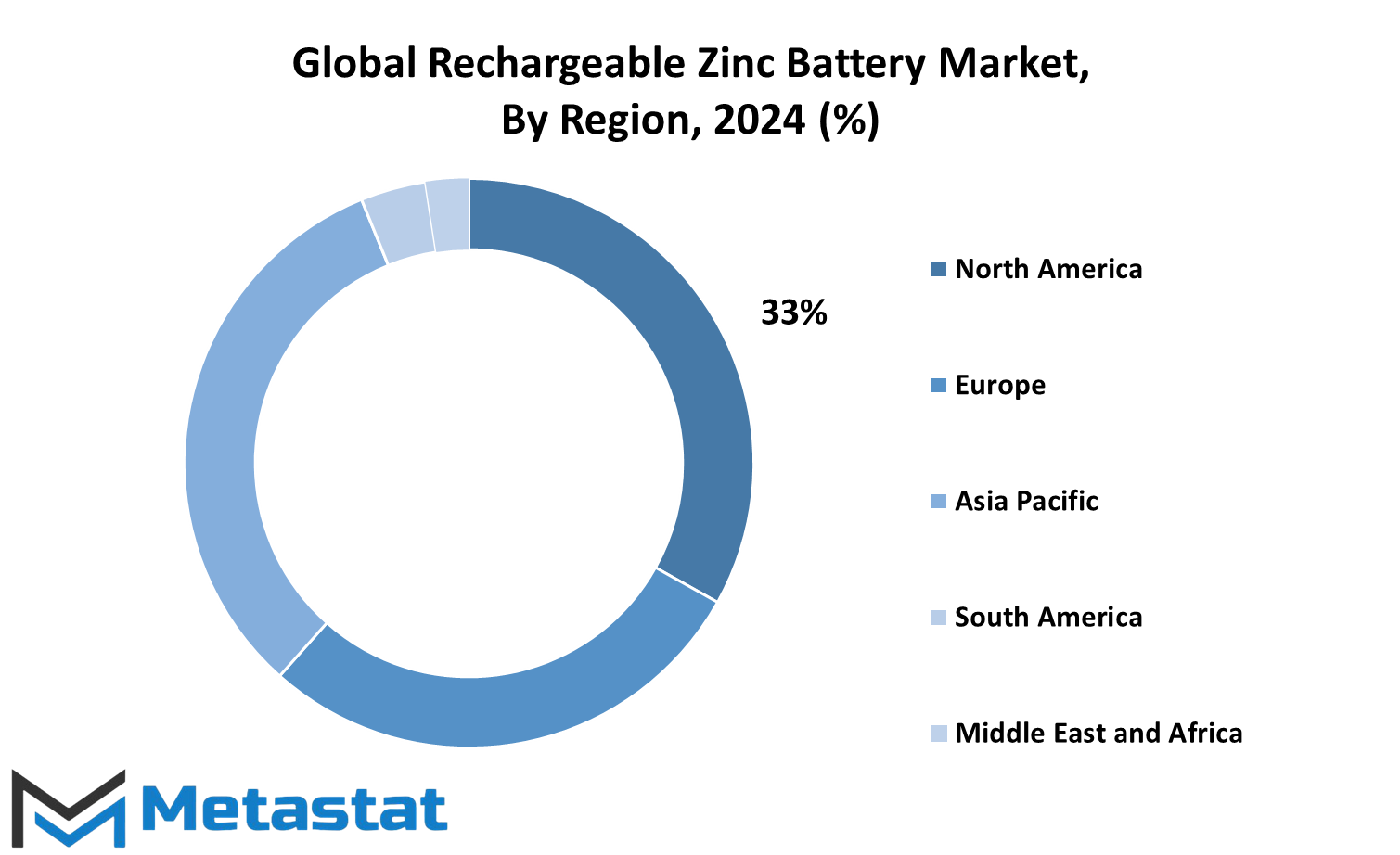
COMPETITIVE PLAYERS
The Global Rechargeable Zinc Battery market represents a rapidly growing sector in the industry of energy storage. The rise of demand for sustainable energy solutions globally has built up loads on advanced rechargeable batteries. Zinc-based rechargeable batteries, relatively new in the market, offer many advantages over the older lithium-ion batteries. They are safe to use, cheap to manufacture, and more environment-friendly compared to their counterparts. With these factors driving innovation, key players in the market are striving to develop and refine zinc battery technologies to meet future energy storage needs.
Leading companies like ZPower LLC, NantEnergy Inc., and Urban Electric Power have made significant strides in enhancing zinc battery performance. Their focus on effective, long-lasting, and recyclable solutions reflects the growing recognition of zinc batteries as a vital element in addressing the energy challenges of tomorrow. Among other innovators, Enerpoly and Imprint Energy are looking into radically new designs, seeking to maximize the potential for zinc batteries in applications ranging from portable devices to large-scale grid storage. The active participation of major players like Panasonic Corporation, PowerGenix, and ZincFive, Inc. highlights the competitive nature of this market and efforts to improve battery technology.
The Global Rechargeable Zinc Battery market will closely be aligned with the global trends toward renewable energy and electrification. Governments and organizations are increasingly investing in renewable energy sources, including solar and wind power. High efficient energy storage systems would be needed for the reliability of the electricity provided, which has made the zinc battery a prime player in this transition. This could make the zinc battery a safer and more sustainable alternative to existing options in transportation electrification, involving electric vehicles and micro-mobility solutions.
Companies such as Arotech Corporation and BetterPower Battery Co., Ltd., are targeting specific applications, such as military and industrial energy solutions. On their part, startups ZAF Energy Systems, Inc., and Zelos Energy have put new zinc battery design concepts into action. These changes show that the thought process behind the move to position zinc batteries as a backbone of the global energy ecosystem has been consistent among industry leaders.
Subsequently, manufacturers, researchers, and policymakers will strive to collaborate as the market for Global Rechargeable Zinc Batteries evolves. Harnessed zinc advantages will also see the creation of technological leaps towards this area, allowing more-energy storage advancement in a changing environment in pursuit of reliable, sustainable power solutions.
Rechargeable Zinc Battery Market Key Segments:
By Battery Type
- Zinc-Air Batteries
- Zinc-Ion Batteries
- Zinc-Bromine Flow Batteries
- Zinc-Manganese Dioxide Batteries
By Component
- Electrolyte
- Electrode
- Separator
- Battery Casing
By Application
- Consumer Electronics
- Electric Vehicles (EVs)
- Energy Storage Systems (Grid and Off-Grid)
- Medical Devices
- Military and Defense Applications
- Industrial Equipment
By End-User
- Residential
- Commercial
- Industrial
- Utility
Key Global Rechargeable Zinc Battery Industry Players
- ZPower LLC
- NantEnergy Inc.
- Urban Electric Power
- Enerpoly
- Imprint Energy
- Panasonic Corporation
- PowerGenix
- Arotech Corporation (subsidiary of Power Technology)
- EnStorage Inc.
- BetterPower Battery Co., Ltd.
- Shenzhen Tcbest Battery Industry Co., Ltd.
- ZincFive, Inc.
- ZAF Energy Systems, Inc.
- EaglePicher Technologies
- Zelos Energy
WHAT REPORT PROVIDES
- Full in-depth analysis of the parent Industry
- Important changes in market and its dynamics
- Segmentation details of the market
- Former, on-going, and projected market analysis in terms of volume and value
- Assessment of niche industry developments
- Market share analysis
- Key strategies of major players
- Emerging segments and regional growth potential



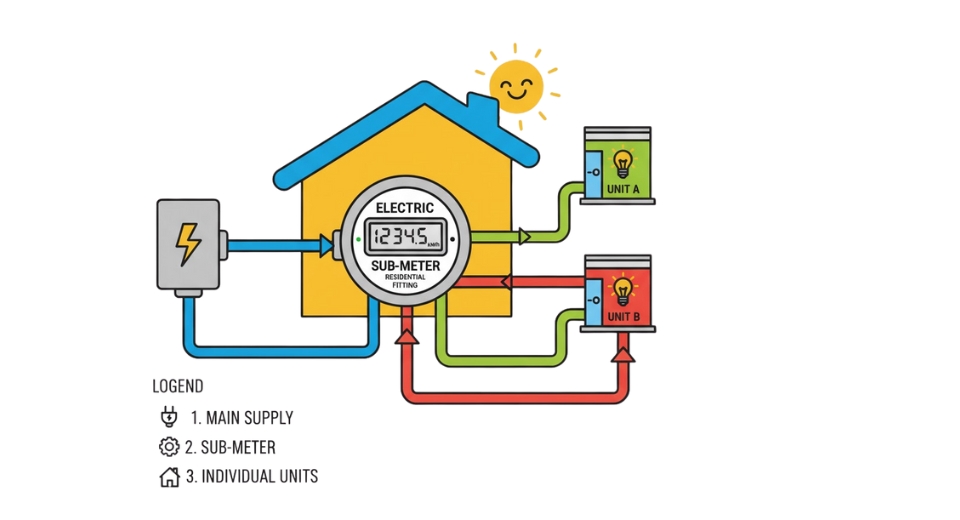
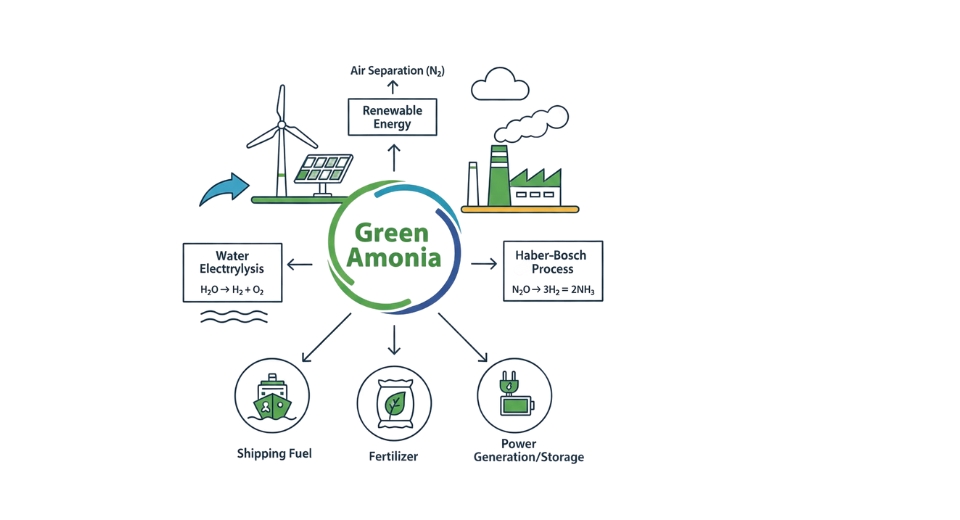
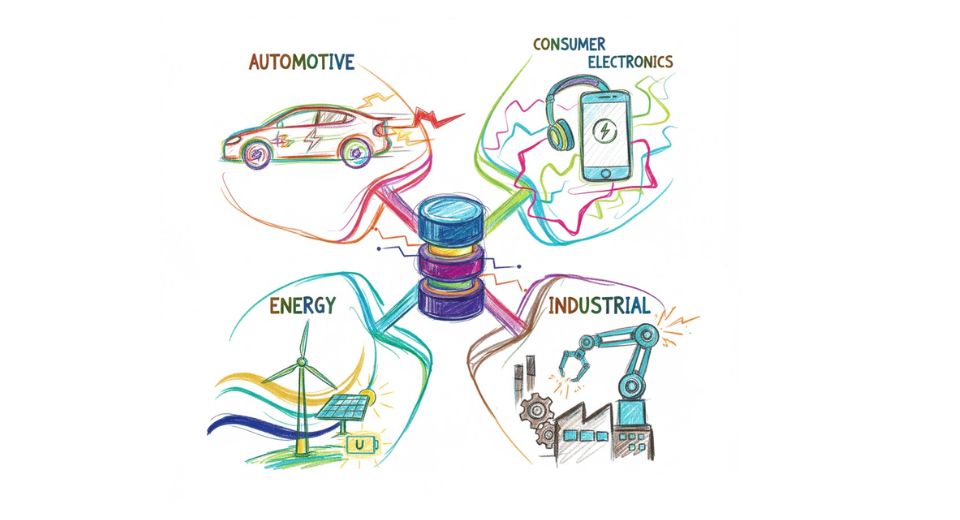


 US: +1 3023308252
US: +1 3023308252






